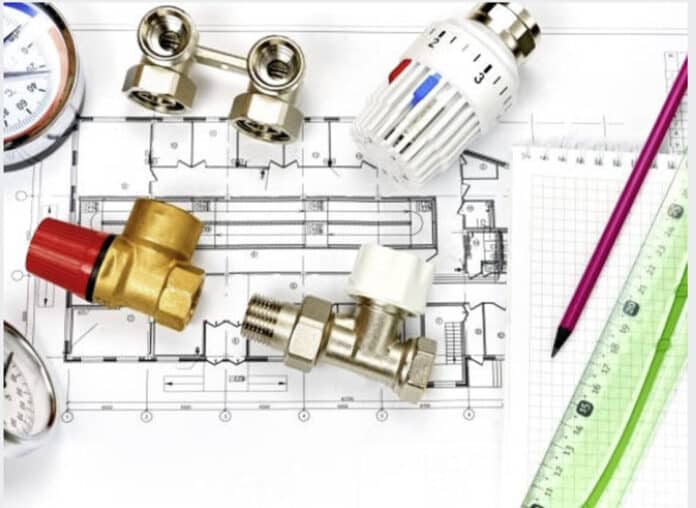The most popular form of central heating in the UK, at least for domestic properties, is a boiler attached via a series of pipes to a series of radiators. The boiler heats water, which is then transported to the radiators, which distribute the heat into the surrounding space.
The Evolution of Radiator Design
For decades, radiators have served this function – but it’s only recently that the aesthetics of the radiator have really been considered and improved. No longer do radiators have to look ugly – in some cases, they can actually serve as visual centrepieces.
Part of this has to do with the availability of new materials, and new kinds of paint. Modern radiators tend to be more energy efficient, thanks to their larger surface areas. In other words, homeowners don’t need to choose between aesthetics and performance.
How Designer Radiators Complement Different Interior Styles
Designer radiators come in a variety of styles, colours, and finishes. Whatever the shape of the surrounding décor, in other words, you can usually find a radiator that will fit with it. Whether you’re looking for something minimal, something dark, or something that will occupy a particular space (be it tall and narrow, or squat and wide), the chances are good that there’s a radiator out there to meet your criteria.
Of course, the right designer radiators can also stand apart from their surroundings, acting as a focal point that guests will comment on as they enter a given room.
Materials and Finishes: Balancing Form and Function
So, what materials are there to choose from? Stainless steel tends to be heavier, and it will soak up heat more readily than lightweight alternatives like aluminium. Stainless steel also has an iconic look that will work well, even if it isn’t protected by paint. In some cases, you might even find radiators that are made from transparent materials, like treated glass.
Your choice of material will alter not only the look of the radiator, but its longevity and performance. Of course, certain materials will impose different manufacturing demands, making certain radiators a more environmentally friendly choice than others.
Placement and Practicality: Optimising Space and Heat
Designer radiators, as we’ve mentioned, come in a range of different sizes and shapes. In some cases, the radiator might actually be known by a different rail. The towel rail in your bathroom is actually a kind of radiator, and in smaller bathrooms, it will often solve your heating problems on its own.















